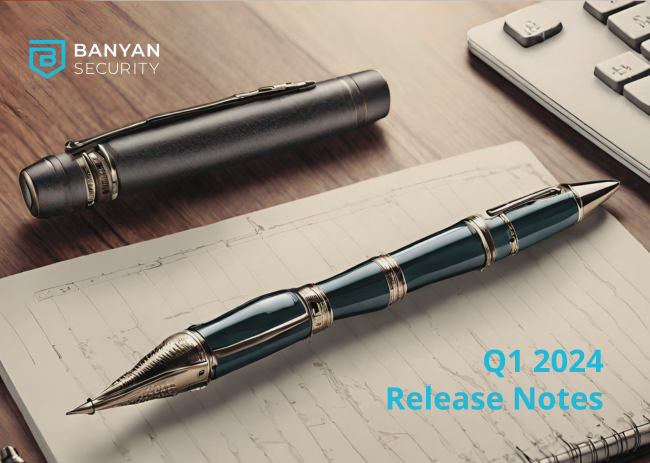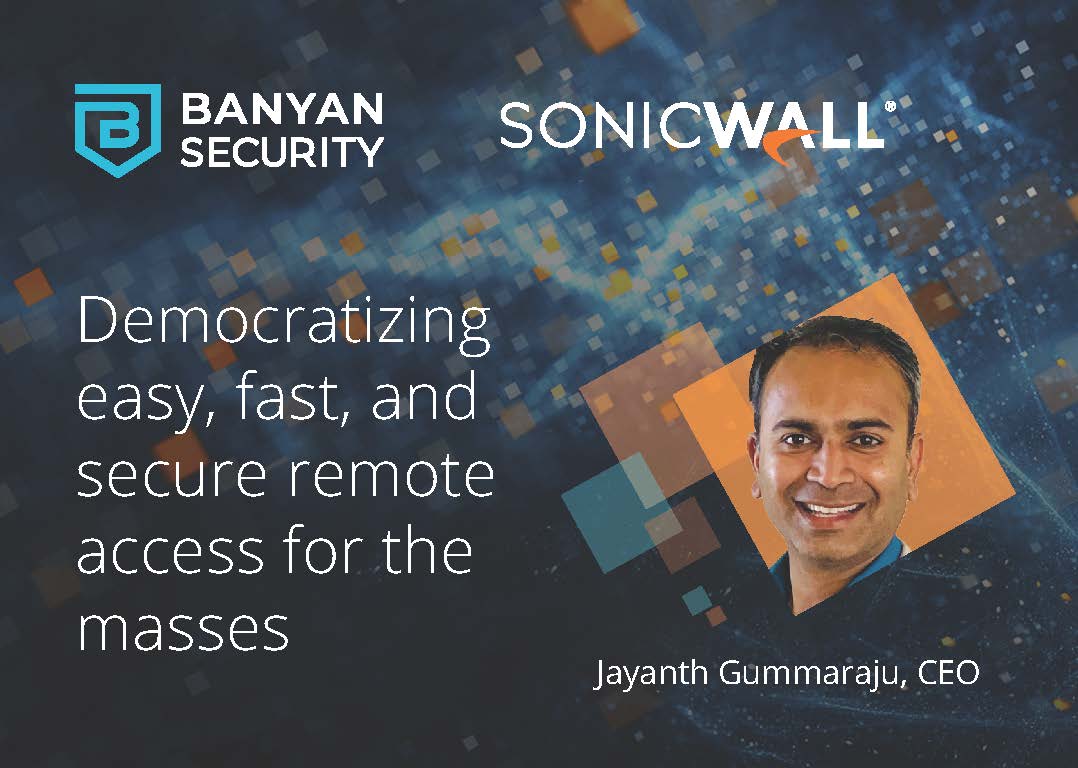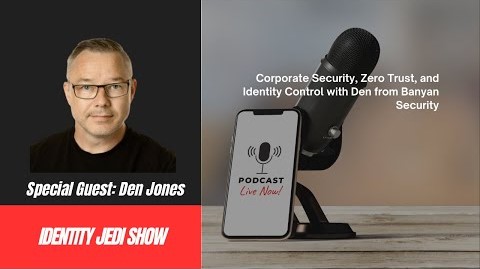Zero Trust Architecture (ZTA) is a cybersecurity framework that assumes no implicit trust and requires continuous verification of all entities, effectively reducing the attack surface by enforcing strict access controls. Instead of relying on traditional network security models that trust users or devices based on their location or network segment, ZTA focuses on verifying and validating the identity and security posture of every user, device, and application attempting to access resources, regardless of their location or network connection. The goal of Zero Trust Architecture is to enhance security by reducing the potential attack surface and minimizing the risk of unauthorized access.
Here are some examples of how Zero Trust Architecture is used:
- Identity and Access Management (IAM): ZTA places a strong emphasis on identity verification. Users and devices must authenticate and prove their identity before gaining access to resources. This is often implemented through multi-factor authentication (MFA) and single sign-on (SSO) solutions. For example, when an employee tries to access a company’s cloud-based applications, they may need to provide a password, a fingerprint scan, or a one-time authentication code.
- Micro-Segmentation: ZTA involves dividing a network into smaller, isolated segments or micro-segments, each with its own security policies. Access between segments is tightly controlled based on the principle of least privilege. For instance, even within a corporate network, an employee’s laptop may only have access to specific servers or databases required for their job role.
- Continuous Monitoring and Analytics: ZTA employs continuous monitoring and behavioral analytics to detect anomalies and potential threats in real-time. This means that unusual user behaviors or access patterns can trigger alerts or even automatic access revocation. For example, if a user who typically accesses data during business hours suddenly tries to access it at midnight, this might trigger an alert for further investigation.
- Application-Centric Security: ZTA focuses on securing applications and services rather than protecting the network perimeter. Access to applications is controlled and monitored closely, with granular permissions assigned based on user roles and the specific functions they need. This approach helps protect critical business applications and data.
- Remote Workforce Security: With the increasing trend of remote work, ZTA becomes particularly relevant. Organizations implementing ZTA allow employees to access corporate resources securely from anywhere, regardless of their physical location. Remote access is controlled and monitored just like on-site access.
- Secure Access Service Edge (SASE): ZTA often integrates with SASE solutions, which combine network security and wide-area networking (WAN) capabilities to provide secure and direct access to applications from anywhere. SASE incorporates ZTA principles to ensure secure access for remote and branch office users.
- Zero Trust Network Access (ZTNA): ZTNA solutions are designed to provide secure access to applications and resources without exposing the underlying network to potential threats. Users are authenticated and authorized individually before accessing specific applications, reducing the attack surface.
- Third-Party and Partner Access: ZTA extends its principles to third-party vendors and partners who require access to an organization’s systems. They are subject to the same identity verification and access control policies as internal users to ensure that their access is secure and limited to what is necessary for their tasks.
Overall, Zero Trust Architecture is a proactive security model that aims to protect organizations from modern cyber threats by continuously verifying and validating the trustworthiness of entities seeking access to resources. It promotes a more resilient and adaptable security posture, especially in the face of evolving cyber threats and the growing complexity of network environments.








